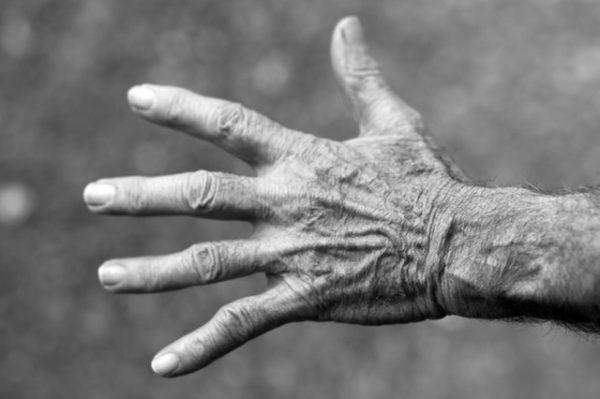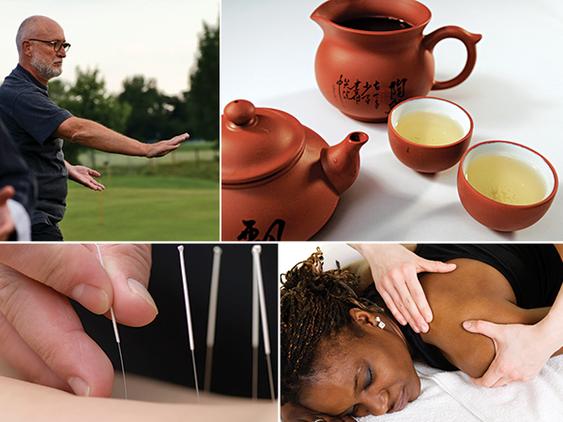4 Emergency Devices for the Elderly
 Technology can be a huge aid to both seniors living at home and to the people who care for them. At least 40 percent of elderly Americans aged 85 and older live alone. Most of these seniors either have no caregiver or rely on a nearby family member to act as their caregiver.
Technology can be a huge aid to both seniors living at home and to the people who care for them. At least 40 percent of elderly Americans aged 85 and older live alone. Most of these seniors either have no caregiver or rely on a nearby family member to act as their caregiver.
If you are a senior who prefers to aid in place in your own home, or if you are a caregiver who is concerned about keeping a senior safe and health, there are a number of medical devices that can help.
Here are four examples of useful emergency devices for the elderly.
1. Mobile Alert Device
A mobile alert device is typically outfitted with a GPS tracker and designed for use outside the home. These devices feature a button on a small unit that can be worn around the neck, wrist, or belt. Using a cellular connection, pressing a button connects the user to a representative who can direct assistance to emergencies.
Such a mobile device is a great option for independent elderly who retain their mobility. The device ensures they always have access to help whether they’re running errands or moving around at home. The GPS capability makes it possible to identify an elderly user’s location if they have confusion identifying where they are.
2. Monitored Medical Alert Systems
A common medical alert device is a fully monitored medical alert system. These systems are connected to a subscription monitoring service which provides immediate access to emergency-trained professionals 24/7 in the event of emergencies.
These systems serve an elderly user’s entire home, accompanied by wearable buttons or buttons placed around the home to ensure constant access to immediate assistance. Pressing a button signals a call for help from the system’s base, which is connected to a landline phone or a cellular connection. An operator then communicates with a user to determine what type of response is needed for their emergency.
Some alert systems include automatic fall detection, which contacts emergency operators automatically when a fall is detected and a person may not be able to press the button for help. It’s a good idea to compare available systems and check medical alert review sites for their opinions.
3. Medical USB Device
Technically, a medical USB device is just a USB-based memory stick that is much the same as its non-medical counterparts. However, it can be beneficial for the elderly in spite of its simple nature.
Medical USB devices can be used to store important information about its user’s health status, which can inform medical professionals and help them prevent a wide range of potential complications. These devices can also be used to store other relevant information such as contacts, lab results, and legal documents.
Such resources can play a critical role in ensuring the best care for their users as well as making sure that their wishes are always known throughout the healthcare process. Additionally, this device is valuable for elderly individuals who have Alzheimer’s or other conditions that might impair their ability to recall key medical details that could impact their care.
4. Medication Management Device
Data shows that individuals over the age of 65 take an average of five medications on a daily basis. Considering that each of these medications will come with its own schedule as well as other considerations, taking the right medications at the right times can be complicated.
Technology has facilitated medication management in the form of physical devices. Such devices range from electronic medication caps, to storage containers with built-in alarms, and even full-fledged medication dispensing devices. Any of these devices are useful for the elderly by reminding them when the time comes to take their medications. This is key for avoiding missed doses, extra doses, or unintended combination of medications. Moreover, the right device can be helpful for their users’ caregivers by informing them of medication patterns.
Medications can’t provide their intended effect unless users are following the appropriate dosing and frequency instructions. Thus, a medication management device can greatly contribute to an elderly individual’s quality of life afforded by critical medications.
Further Considerations
Elderly living can be a challenging task, whether providing care to an elderly loved one or helping them retain their independence. Fortunately, technological advances have provided the tools to reduce the challenge of either task. There is a wide range of devices available to promote the independent living of the elderly, or make caregiving an easier experience, both of which promotes the wellbeing of the elderly. It’s worth taking the time to compare the available devices and select one that would benefit your unique situation and loved one.

